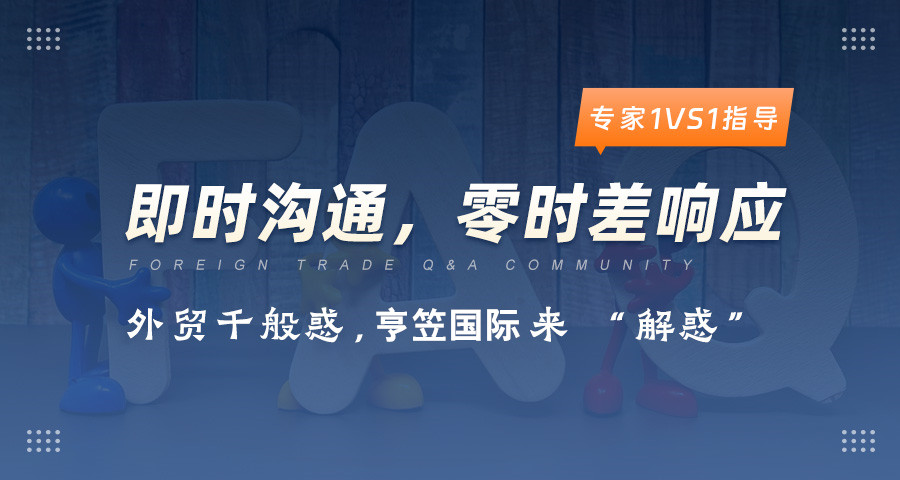上海到越南胡志明散杂船
散杂船的 shipping route: A窗口 into the East Asian economy
The shipping route from Shanghai to Hanoi via the Mekong River, known as the "散杂船" (ship for散 cargo), is a unique window into the East Asian economy. This shipping line, which has been operating for over a century, connects the economic hub of Shanghai with the industrial heartland of Hanoi, providing a vital link for trade and investment between China, Vietnam, and Southeast Asia.
The geography and ports of the route
The route follows the lower Mekong River, a natural corridor that runs through the heart of Southeast Asia. The journey begins in Shanghai, where the container ships load a variety of goods, including machinery, electronics, and agricultural products. These goods are then transferred to the散杂船 at the port of Qindao in Liaoning Province, China. The散杂船 travels down the Mekong River, stopping at several key ports along the way, including Nong Khiem in Laos and Vientiane in Laos, before arriving in Hanoi.
The Mekong River provides a cost-effective and sustainable route for transporting goods between China and Vietnam. The waterway is shallow and navigable, making it ideal for large cargo ships. The use of散杂船 has significantly reduced the time and cost of transporting goods between the two countries, making it a cornerstone of China-Vietnam economic cooperation.
The history and significance of the route
The散杂船 has played a crucial role in China's economic development, particularly during the period of reform and opening up in the 1980s and 1990s. Before the introduction of containerization and modern logistics, the散杂船 was the primary means of transporting goods between the two countries. It facilitated the movement of raw materials from China to Vietnam and finished goods from Vietnam to China, supporting the development of industries such as manufacturing, agriculture, and textiles.
The route also served as a vital link for international trade, connecting China to Southeast Asia and the rest of the world. Many of the goods transported by the散杂船 were destined for export markets in the Middle East, Europe, and the Americas. Over the years, the散杂船 has transported billions of dollars worth of goods, making it an indispensable part of the global supply chain.
The cargo and efficiency of the route
The散杂船 carries a wide variety of cargo, from heavy machinery and construction materials to agricultural products and consumer goods. The ship's capacity is typically around 20,000 tons, allowing it to transport large quantities of goods at once. This cargo includes everything from iron ore and coal to electronics and furniture. The ship's design is optimized for speed and efficiency, with large engines and a streamlined hull that minimizes water resistance.
The use of散杂船 has significantly improved the efficiency of goods transportation between China and Vietnam. Compared to overland transportation, which can be time-consuming and costly, the散杂船 provides a faster and more reliable option for moving goods. Additionally, the waterway route is less prone to delays caused by traffic jams or weather conditions, which are common on land-based transportation routes.
The economic impact of the route
The散杂船 has had a profound impact on the economies of both China and Vietnam. In China, the route has contributed to the development of industries such as logistics, shipping, and manufacturing. The movement of goods along the route has created jobs and increased income for millions of people in both countries. In Vietnam, the route has been a key driver of industrialization and economic growth, particularly in the regions along the Mekong River.
The route has also facilitated international trade between the two countries and the rest of the world. Many of the goods transported by the散杂船 are sold in global markets, contributing to the economies of both China and Vietnam. The route has also become a symbol of China's integration into the global supply chain, demonstrating the country's growing economic power and influence.
The future of the route
As the world continues to focus on sustainable development and environmental protection, the散杂船 is being redesigned to meet these challenges. Newer ships are being built with energy-efficient engines and advanced safety systems, reducing their environmental impact. Additionally, the route is being used to transport more goods that are environmentally friendly and compliant with global standards.
The散杂船 is also being used to support China's Belt and Road Initiative (BRI), a major international economic and political collaboration that aims to connect China to countries around the world through a network of infrastructure projects. The route is an important link in the BRI, connecting China to Southeast Asia and providing a pathway for trade and investment between China and the countries along the route.
In conclusion, the scattering ship route from Shanghai to Hanoi via the Mekong River is a vital link in the East Asian economy. It has played a crucial role in China's economic development, supporting international trade and industrialization. As the world continues to evolve, the散杂船 will remain an important part of the global supply chain, providing a reliable and efficient means of transporting goods between China and Vietnam.
上述信息,涵盖图片、视频以及各类文字资料,亨笠供应链仅扮演信息存储的角色。若存在任何侵犯知识产权或其他合法权益的情形,请立即联系我们删除,切实维护您的权益。
郑重声明

Experts Q & A
外贸专家答疑
为了帮助您更快地解决问题,建议向我们的外贸专家进行咨询,提供专业的方案咨询和策划。


马上留言 (0) 0